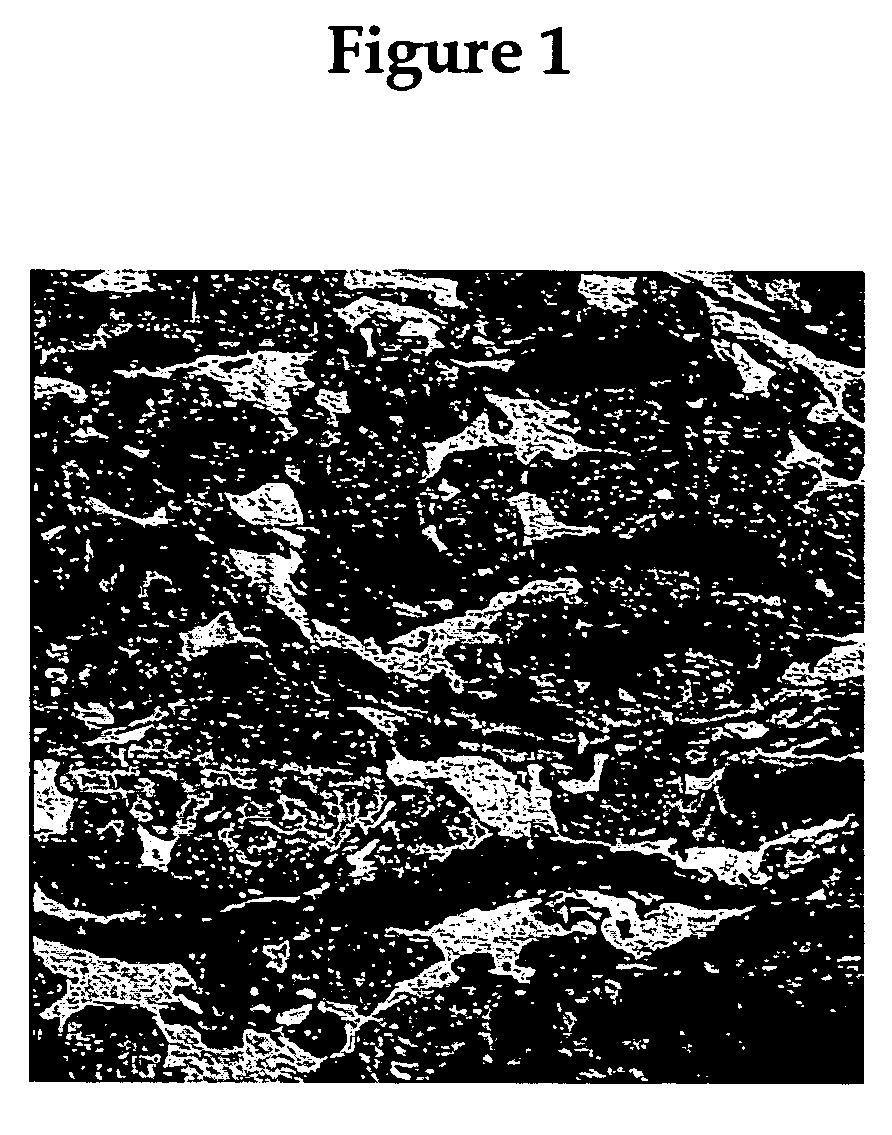Process of making polymer blends
- Summary
- Abstract
- Description
- Claims
- Application Information
AI Technical Summary
Benefits of technology
Problems solved by technology
Method used
Image
Examples
examples 1-1 to 1-6
[0168] Examples 1-1 through 1-6 demonstrate a two-stage polymerization reaction with the use of a supported Ziegler-Natta catalyst to produce polypropylene in a slurry process in the first stage, and copolymerizing propylene and ethylene as well as a diene cross-linking agent in a solution process in a second stage in the presence of the homopolymer produced in the first stage. The polymerization was carried out in a 2-liter autoclave reactor equipped with a stirrer, an external water / steam jacket for temperature control, a regulated supply of dry nitrogen, ethylene, propylene, and a septum inlet for introduction of other solvents, catalysts and scavenger solutions. The reactor was first washed using hot toluene and then dried and degassed thoroughly prior to use. All the solvents and monomers were purified by passing through a 1-liter basic alumina column activated at 600° C., followed by a column of molecular sieves activated at 600° C. or Selexsorb CD column prior to transferring...
PUM
| Property | Measurement | Unit |
|---|---|---|
| Fraction | aaaaa | aaaaa |
| Fraction | aaaaa | aaaaa |
| Time | aaaaa | aaaaa |
Abstract
Description
Claims
Application Information
 Login to View More
Login to View More - R&D
- Intellectual Property
- Life Sciences
- Materials
- Tech Scout
- Unparalleled Data Quality
- Higher Quality Content
- 60% Fewer Hallucinations
Browse by: Latest US Patents, China's latest patents, Technical Efficacy Thesaurus, Application Domain, Technology Topic, Popular Technical Reports.
© 2025 PatSnap. All rights reserved.Legal|Privacy policy|Modern Slavery Act Transparency Statement|Sitemap|About US| Contact US: help@patsnap.com



